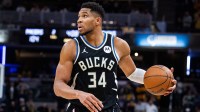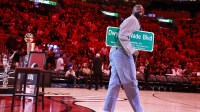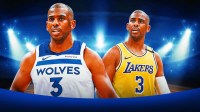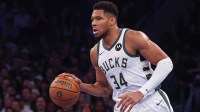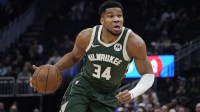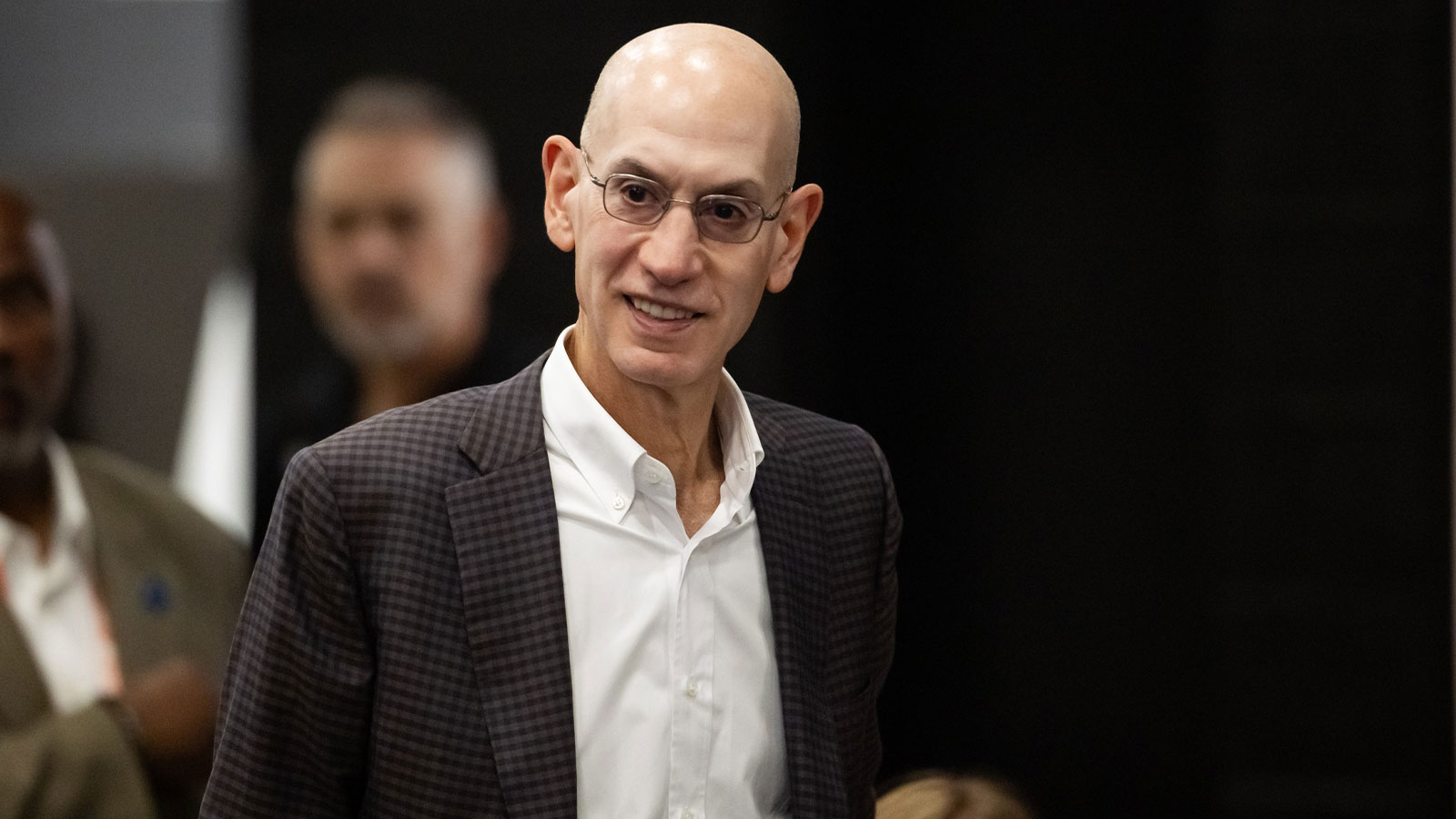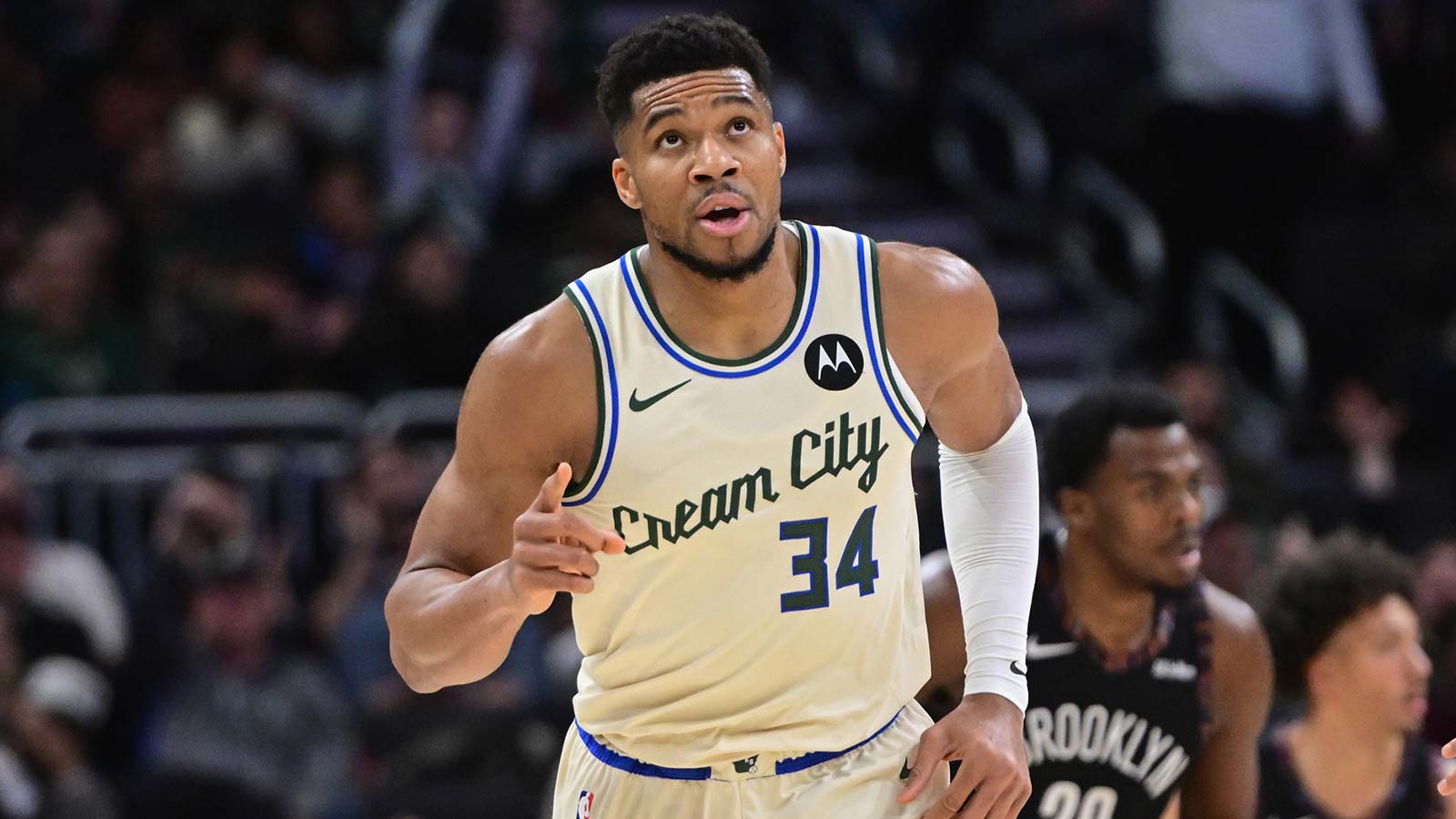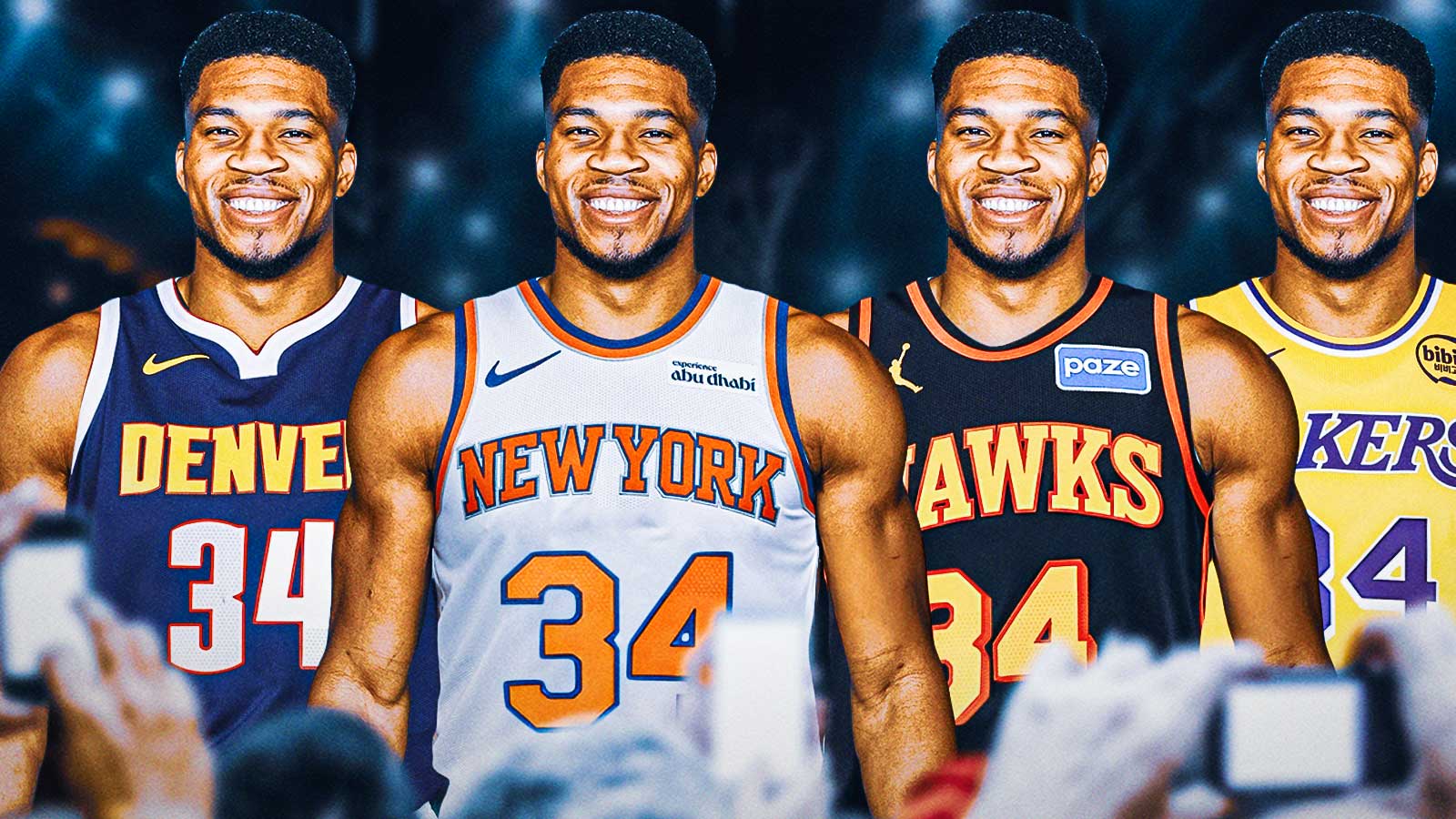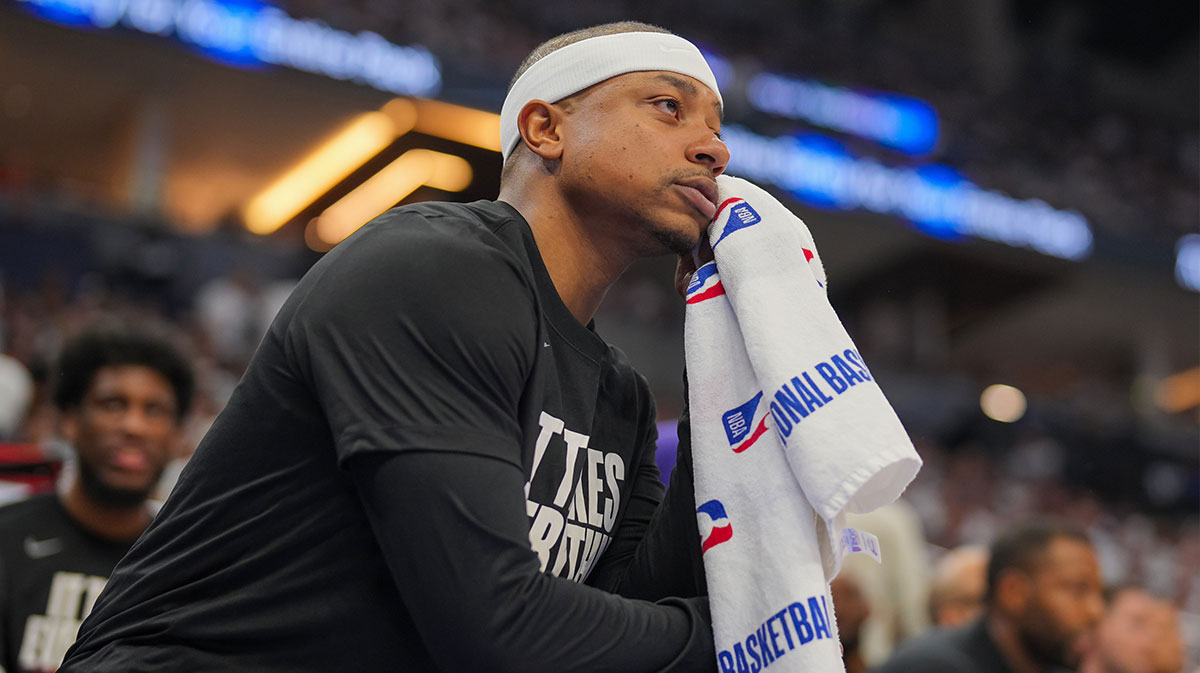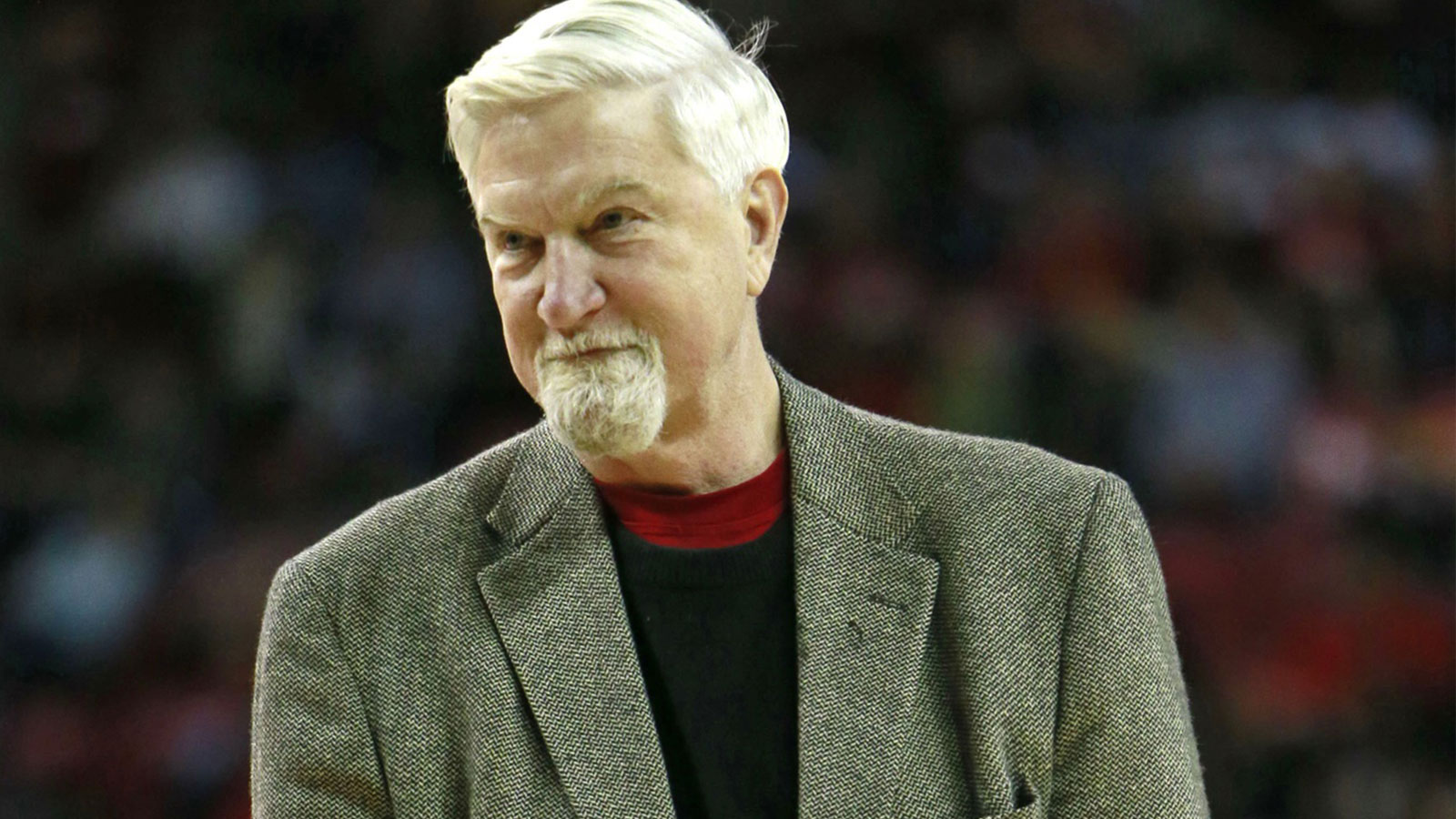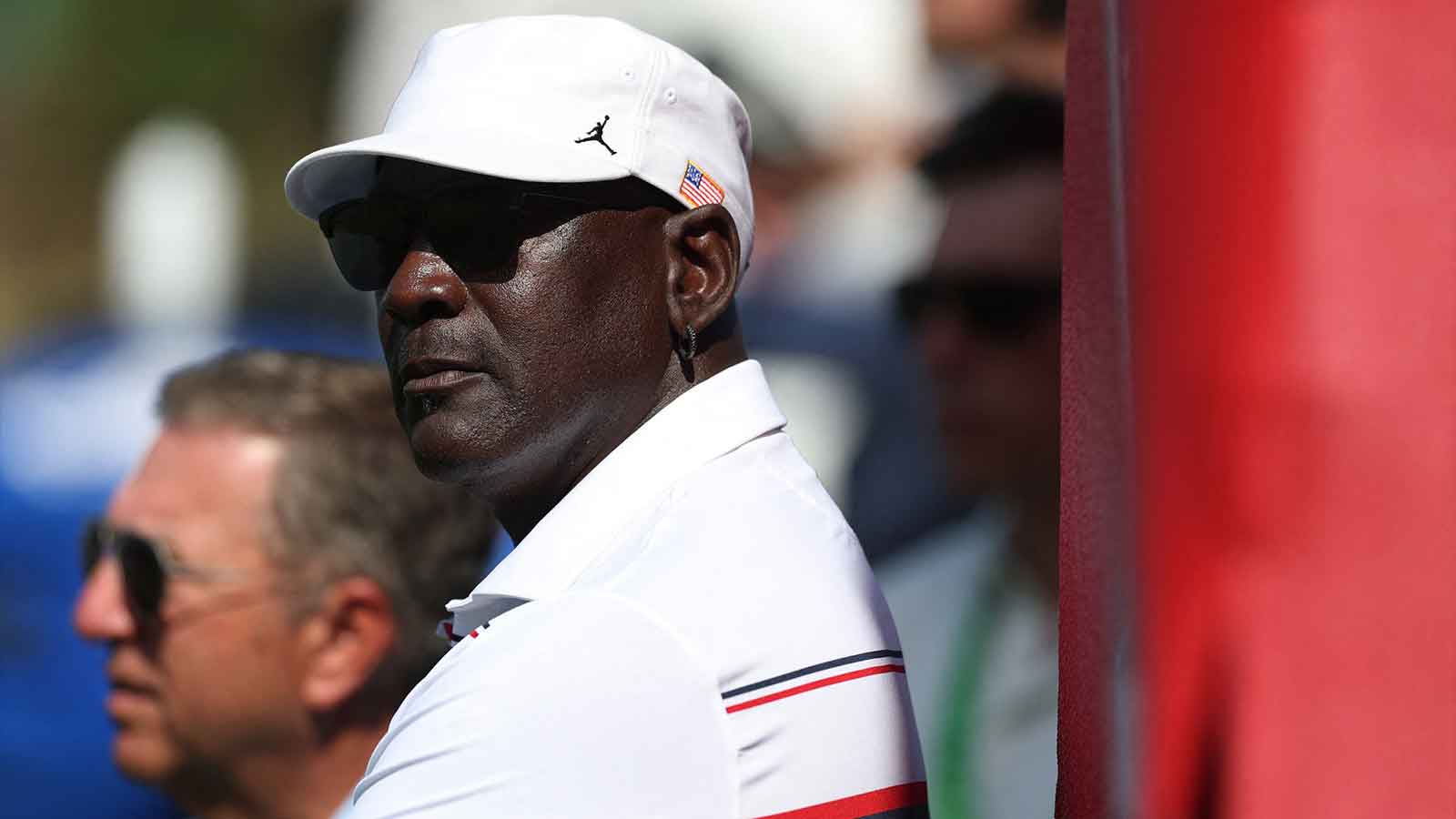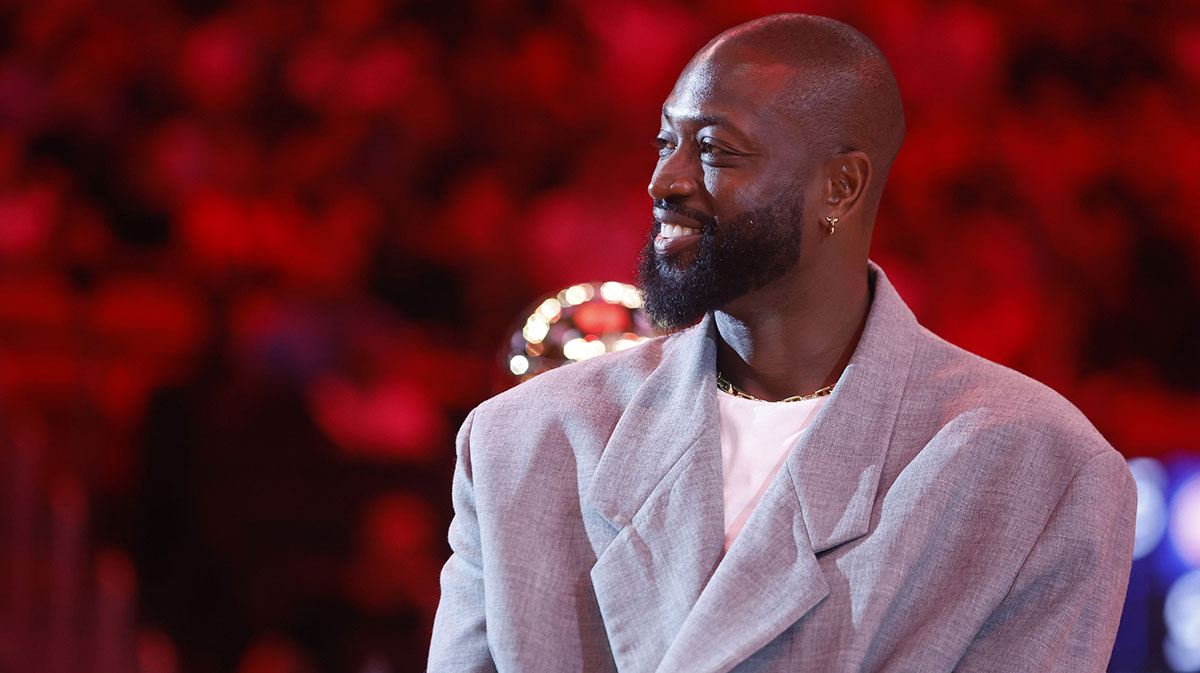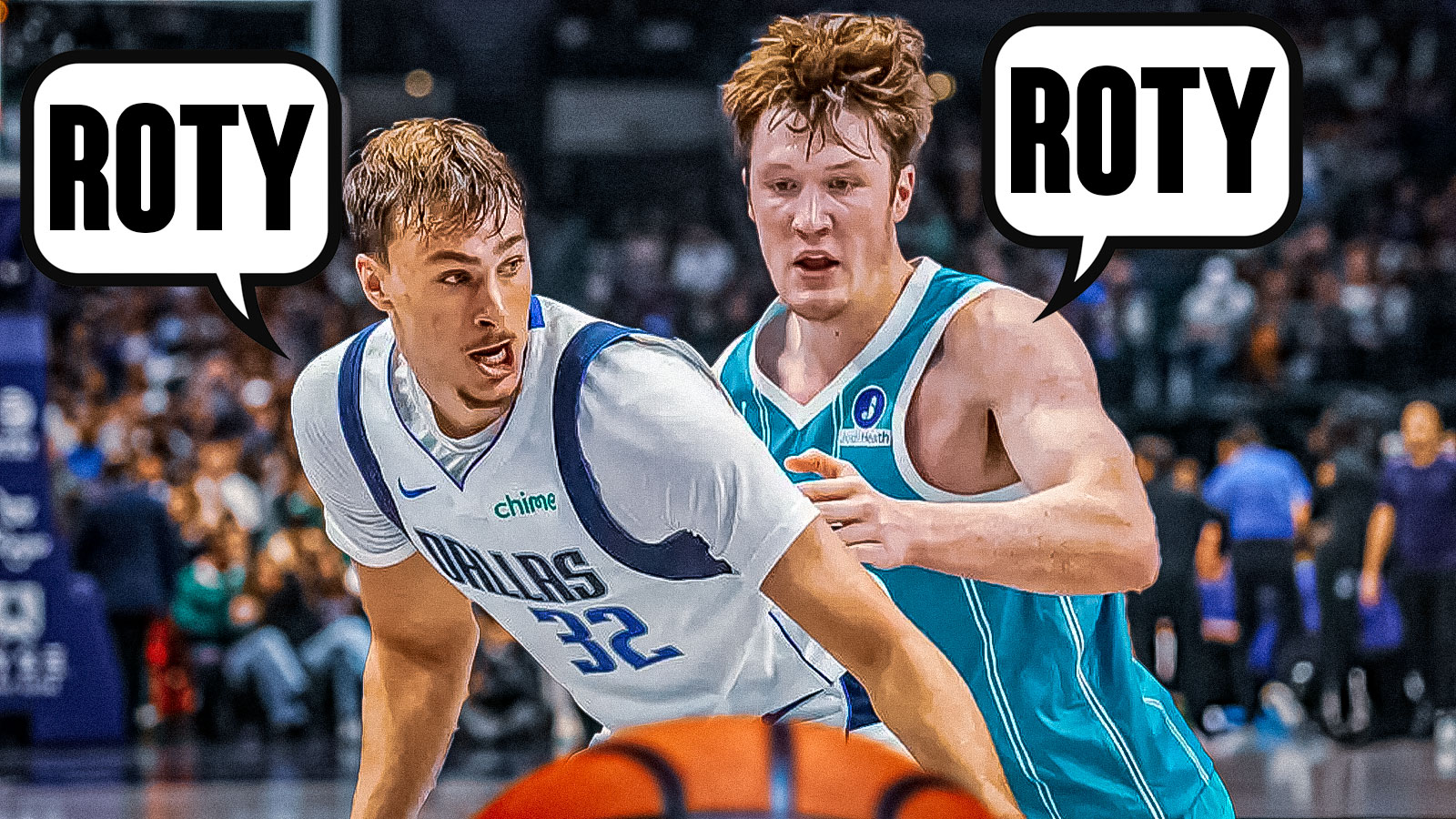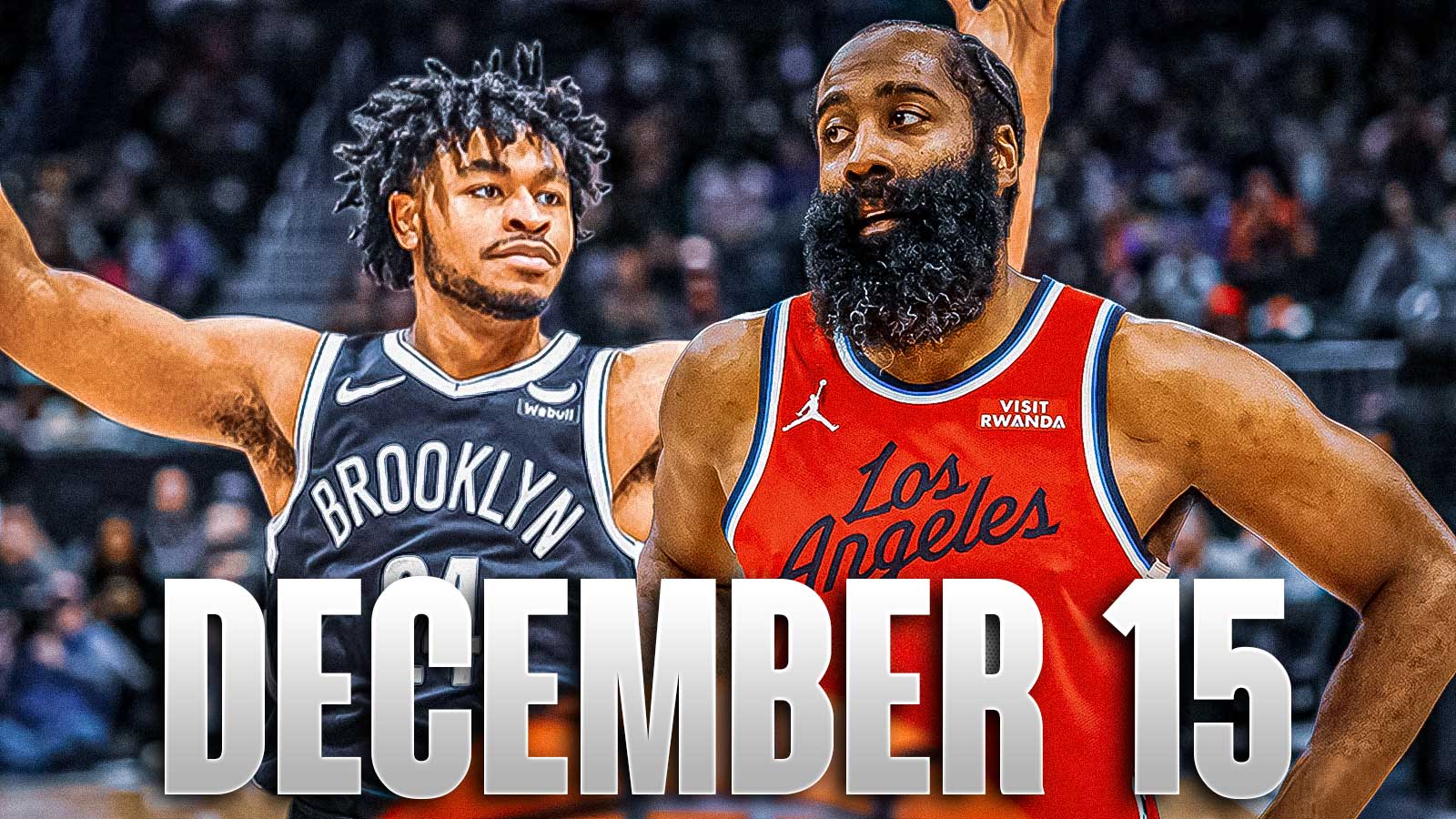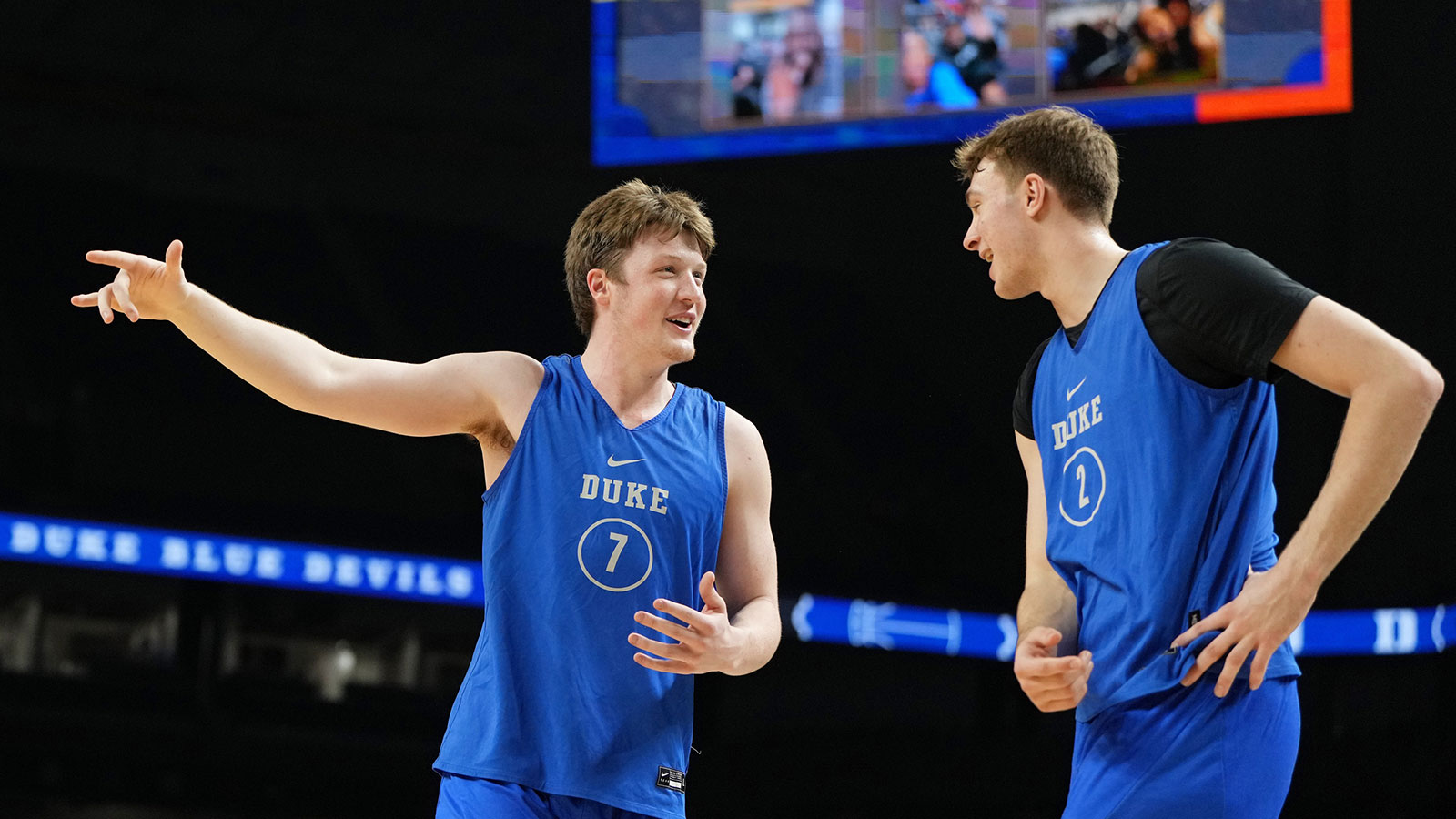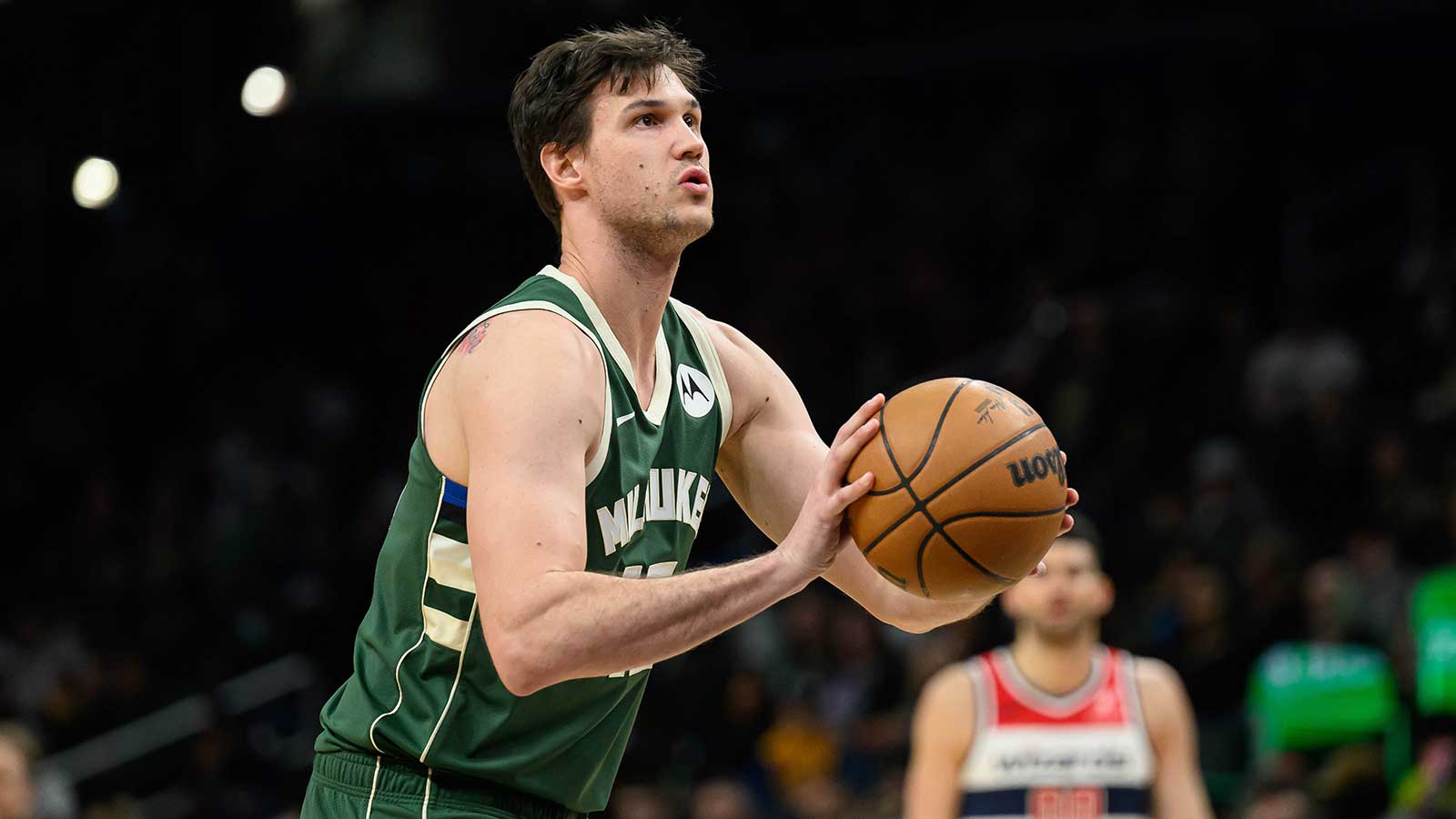The NBA age minimum has been in implementation for 10 years. Although the subject is talked about sparingly and after a decade has passed, there is still common dissension about the rule itself, and hardly anyone likes it.
The NBA wants to change the age minimum from age 19 to age 20, making it even tougher for younger players that it is now. There are fans that will debate both sides of the argument, but generally the majority hate the idea, and nothing has really changed to change their minds.
The NBA did not feel a mass amount of teenagers could handle the rigors of an NBA lifestyle, nor was it convincing that enough of them would be successful enough to take the risks.
This is not a new issue; in fact, it goes back to the 1970s. The first high school player accredited for jumping directly to the NBA is Moses Malone in 1974. Others followed, such as Bill Willoughby, and Darryl Dawkins, having successful careers much like Malone's.
There are many great, Hall of Fame level players that came from high school. The likes Kobe Bryant, Kevin Garnett, Tracy McGrady, and LeBron James all ring a bell, and there are players that you may not hear much about at all, such as Lenny Cooke, Jonathan Bender, Korleone Young.
The ratio of good to bad is not the real issue, but the reasoning itself. During the period that the age limit was a fresh new hot topic, some players felt the NBA Players Association should protect players who were already in the league, more than potential players.
That thinking won out on the players’ side, who felt contributing veteran players with tenure should not be pushed out so quickly in favor of younger players. The 1999 lockout was the perfect time for the NBA to push for an age limit, using faulty data from a shortened season.
Commissioner David Stern used the guile of business to help teams not make bad choices and somehow benefit the NCAA in the process. But that was all just smoke and mirrors. Citing player maturity and mentioning players who did not make it through was never a good reason to shut off players from declaring for the NBA early.
On the business side, Adidas executive Sonny Vaccaro spoke with GQ magazine to bring clarity to the NBA’s benefit of an age limit.
They keep them extra years from earning their second contract. The second contract is the big contract. When they were coming out at seventeen years old, they were getting their second contract at 22 years old. Now they'll get it at 25. Now they've saved three years on maximizing their ability. It's a financial thing. Stern knew what he was doing. It wasn't that they were afraid to go in high school gyms. They were in there from 1993 to 2005. These guys talk in riddles and the public is blinded by it.
The problem with the NCAA is a similar issue. The schools benefit wildly from the players work and likenesses financially. While the players do get a paid scholarship, they are generally playing for free, and unable to receive even small amounts of compensation. Since the age limit is 19, that means most players declare for the NBA Draft after one year, which in turn doesn't support a four year training and development program. The one and done rule is almost always in effect, because players' stock will drop if they remain, and they would be passing up a guaranteed million dollar contract in the process.
Players staying in college for one single year does not provide much benefit to the NCAA system itself, and when looking at young kids such as Karl Anthony Towns , he would have had to wait an extra year, had David Stern gotten everything he wanted (age limit at 20 years old). The NBA age limit needs to be revisited because it has not served its purpose to benefit players. Even worse, there are rumors that the limit will be raised to 20 and the ‘one and done rule' will be changed to the ‘two and through rule'.
The issue will arise again in the coming CBA negotiations in the summer of 2017, however it may never be resolved until the NBA decides to make the NBA D-League a true minor league system.
It will have to become successful enough to develop, train, and give opportunities to players, which is not something it has given full attention to since its inception.
[button width=”full” button size=”bigger” color=”custom” align=”center” textcolor=”#ffffff” texthcolor=”#ffffff” bgcolor=”#8b0000″ link=”https://clutchpoints.com/nike-releases-shot-2016-team-usa-squad-tactfully-hides-non-nike-endorsed-shoes/”]NEXT: Nike releases shot of 2016 Team USA squad, tactfully hides non-Nike endorsed shoes[/button]



